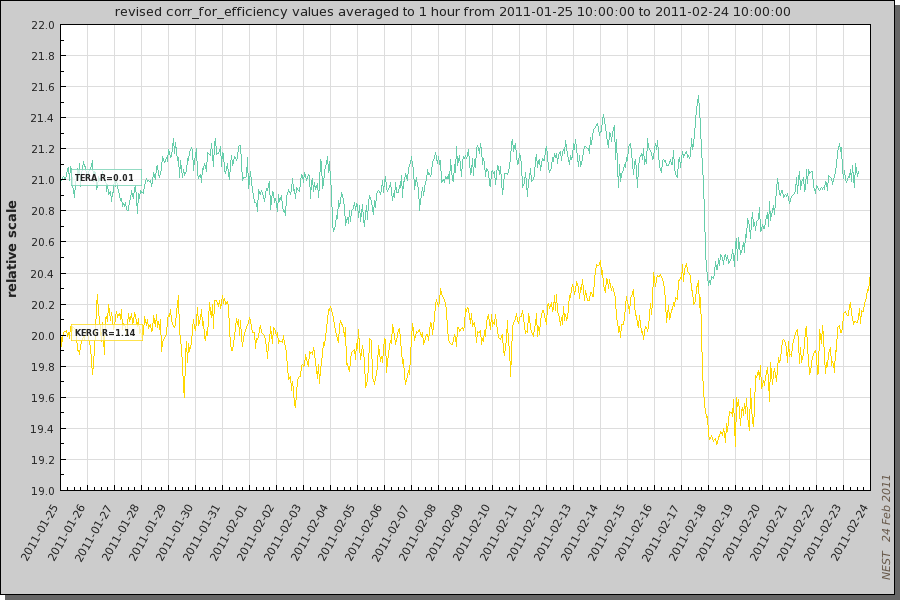|
FEBRUARY 15th 2011 FLARE A strong flare occured on february 15th 2011 at 1h55 UT. It is the strongest since 13th december 2006 which was the last big flare of solar cycle 23. As we crossed the end of cycle 23 and the begining of cycle 24, the solar activity remained very low. This flare is the first of the new cycle and there is no doubt we will see more of them in the coming years, even bigger, as we will head toward next maximum, probably in 2013. This flare was labeled X2.2 on account of its Xray flux and generated a moderate enhancement of protons greater than 10 MeV in Earth space environment (for comparison : the >10 MeV proton flux of the December 2006 event was 300 times higher). It was not energetic enough to accelerate particles to relativistic energies that would have lead to a GLE (ground level event) as the one recorded in 2006 by the neutron monitor network. This means that such an event will not give any enhancement of the radiation dose at flight altitudes in the SIEVERT system (www.sievert-sytem.org). On the contrary, as the event also produced a halo CME which arrived at Earth 3 days later, the well known Forbush effect (see www.nmdb.eu/?q=node/135) made the galactic cosmic ray counts decrease. Hence the radiation dose in the Earth's atmosphere was actually slightly lower than in the previous days (see figure below). The small enhancement seen for Terre Adélie station just before the Forbush decrease is not due to solar particles, but most probably to the reflection of galactic cosmic rays by the front shock of the ICME before it reaches the Earth (see www.nmdb.eu/?q=node/138 for a more detailed explanation). 
| |






